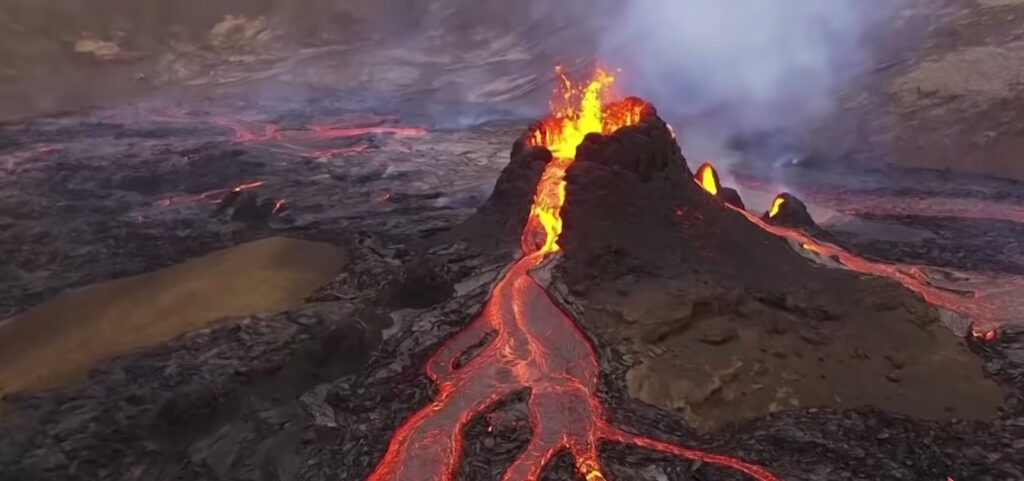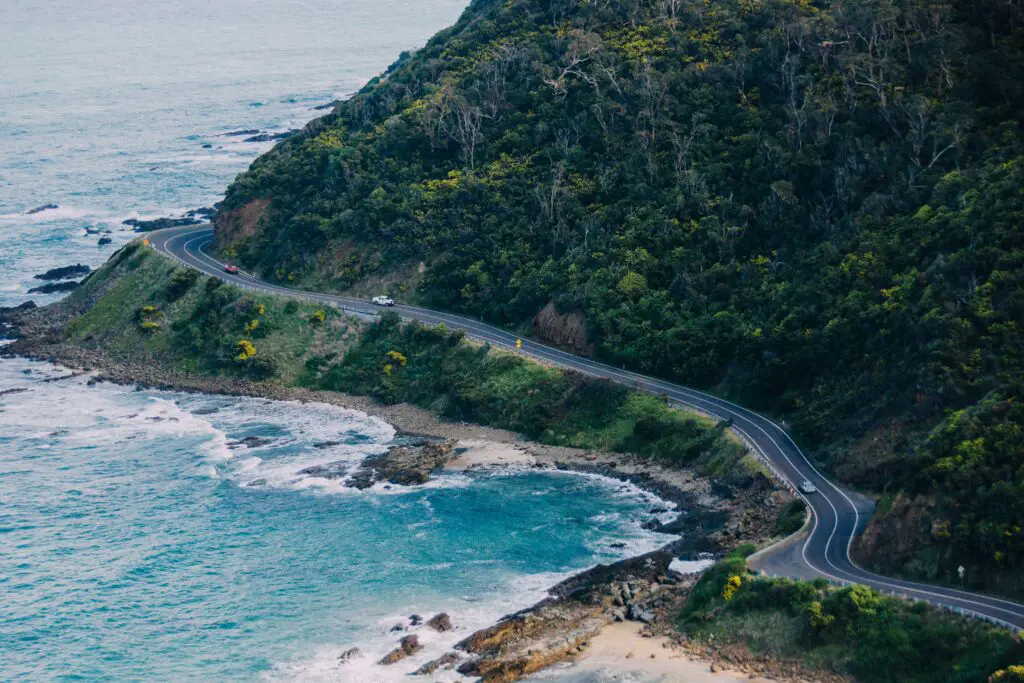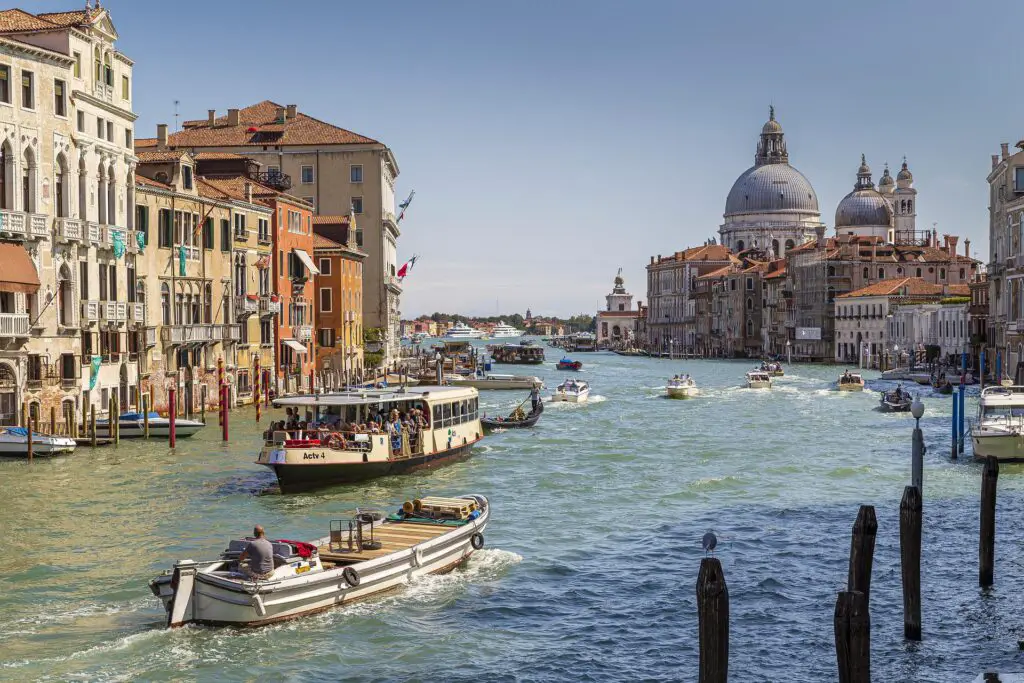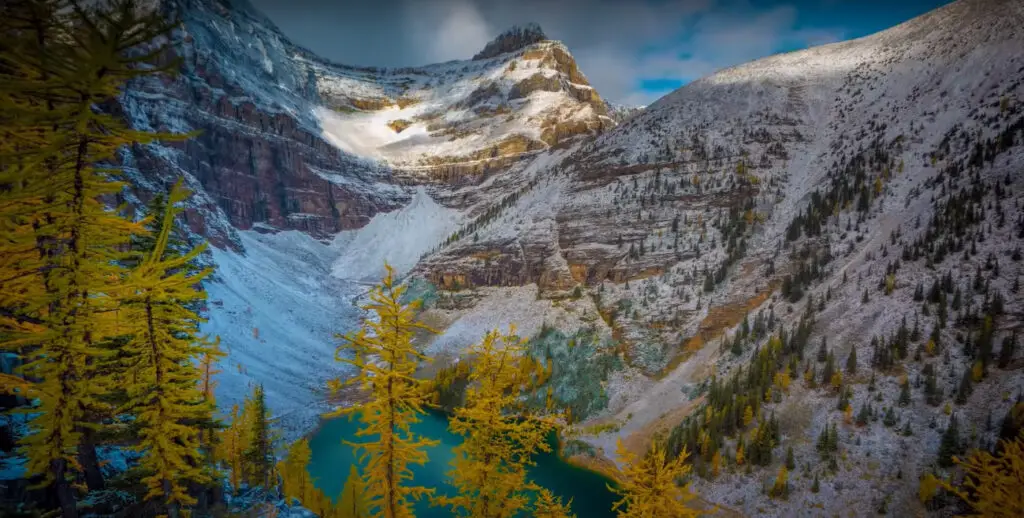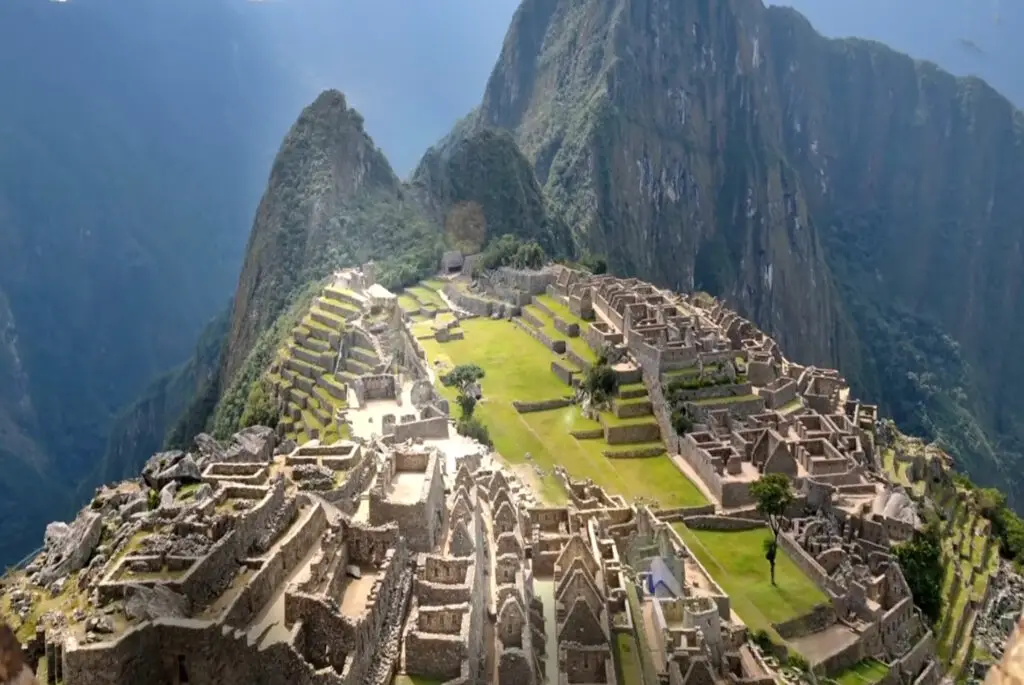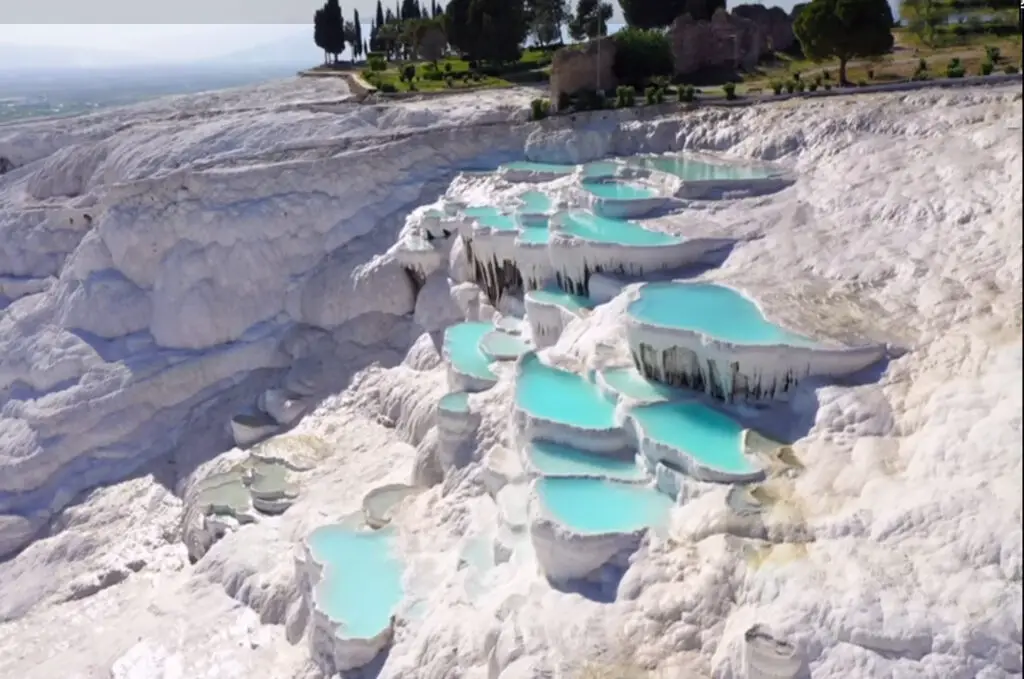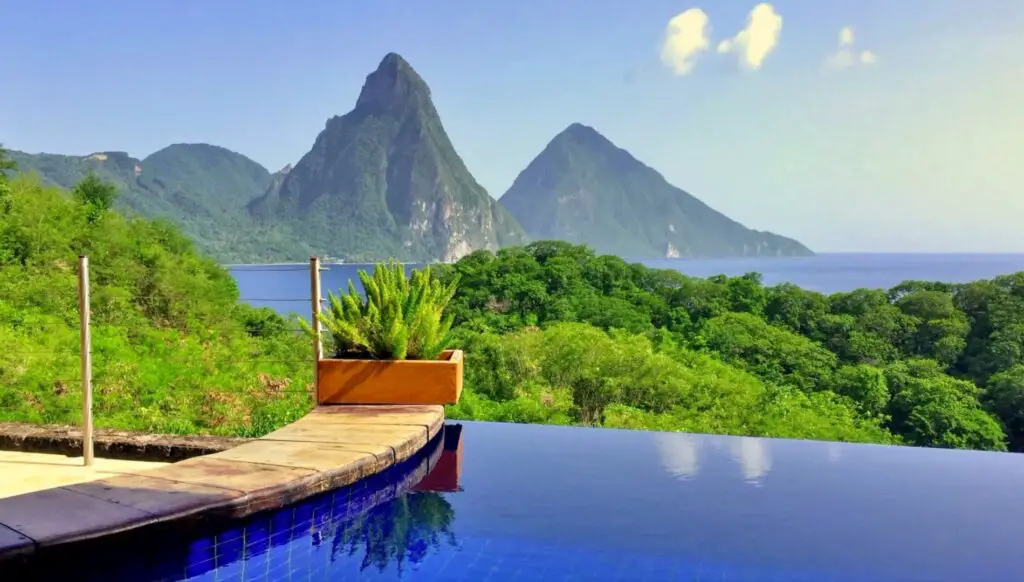Hawaiian volcanoes are some of the most well-known and geologically active volcanoes in the world. Located on the Big Island of Hawaii, these volcanoes are a popular tourist attraction, drawing in visitors from around the globe to witness their stunning displays of fiery eruptions.
Location of Hawaiian Volcanoes
The Hawaiian Islands are situated in the middle of the Pacific Ocean, over 2,000 miles away from the nearest continental land mass. The islands were formed by a series of volcanic eruptions that took place over millions of years.
List of Fice Main Hawaiian Volcanoes
The Hawaiian Islands are home to five major volcanoes, with
Mauna Loa is the largest volcano in the world, standing at over 13,000 feet tall. It is also one of the most active Hawaiian Volcanoes, with its last eruption taking place in 1984. Mauna Kea, on the other hand, is a dormant volcano that is known for its world-renowned observatories, which take advantage of the clear skies and high altitude.
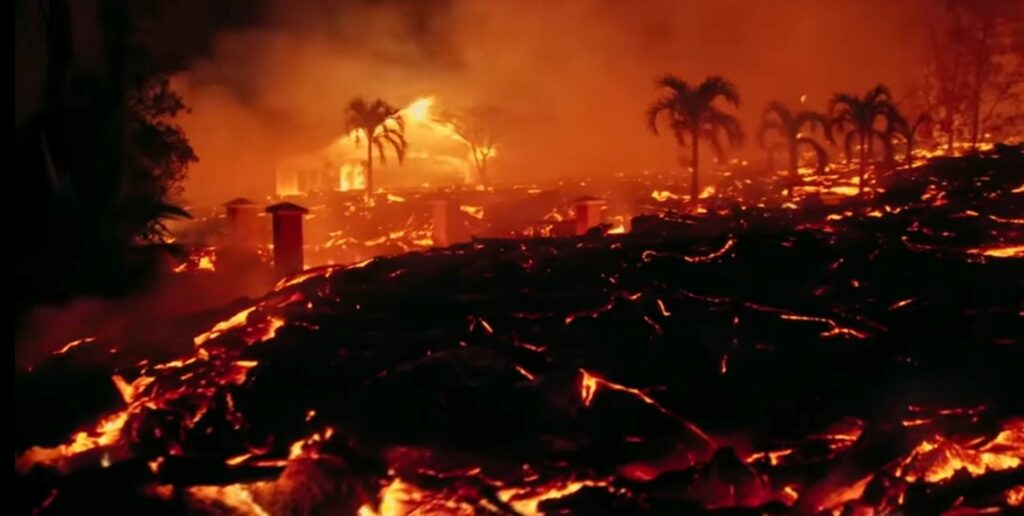
Most Actice Volcano in Hawaii
Kilauea is the most active volcano in Hawaii, with its most recent eruption taking place in 2018. This volcano is unique in that it has a persistent lava lake within its summit crater, which provides scientists with valuable information about volcanic processes.
Hualalai, while not as active as Kilauea, has erupted multiple times in the past, with the most recent eruption taking place in 1801. Haleakala, located on the island of Maui, is a shield volcano that has not erupted in over 400 years.
Volcanic Activity in Hawaii
The volcanic activity in Hawaii is due to the islands’ location on the Pacific Ring of Fire, a region that is characterized by intense volcanic and seismic activity. The Hawaiian Volcanoes are actually the exposed peaks of an underwater mountain range known as the Hawaiian-Emperor seamount chain. This chain stretches over 3,700 miles across the Pacific Ocean, with the oldest seamounts being over 80 million years old.
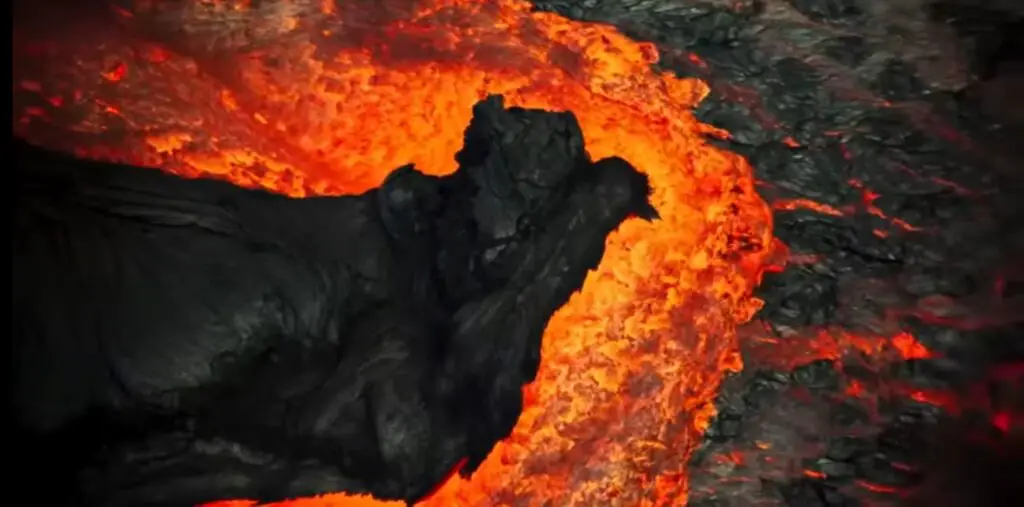
The volcanic activity in Hawaii has had a profound impact on the islands’ environment and culture. The fertile volcanic soil has allowed for the growth of a diverse array of flora and fauna, making Hawaii one of the most biodiverse regions on the planet. Additionally, Hawaiian culture is closely tied to the volcanoes, with many native Hawaiians believing that the volcanoes are the embodiment of the goddess Pele, the creator and destroyer of land.
Despite their beauty and significance, the Hawaiian volcanoes also pose a significant hazard to those who live on the islands. Lava flows can destroy homes and infrastructure, while volcanic ash can cause respiratory problems and damage crops. The Hawaiian Volcano Observatory, a branch of the US Geological Survey, closely monitors the volcanoes and provides warnings and evacuation orders when necessary.
Five Interesting facts about Hawaiian Volcanoes
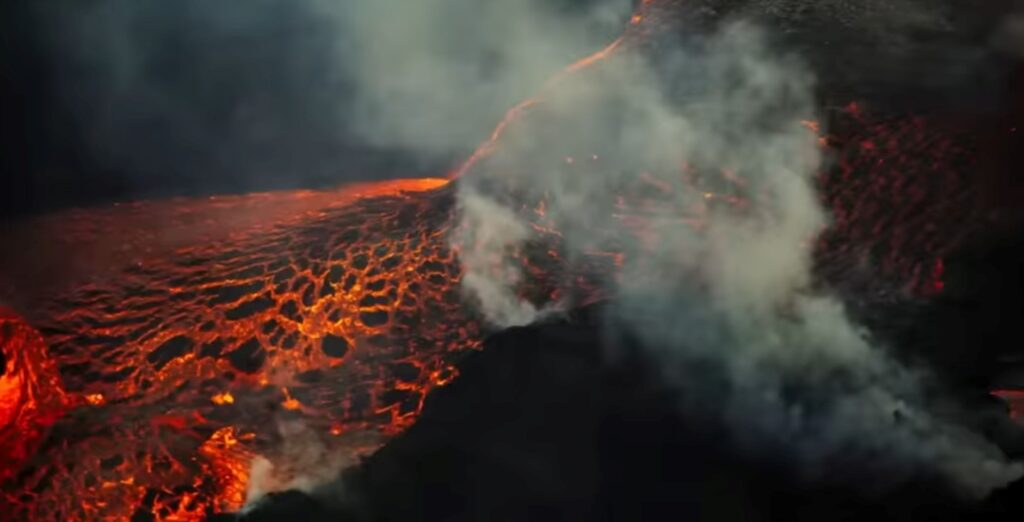
Hawaiian volcanoes are among the most fascinating and active in the world. Here are five interesting facts about Hawaii’s volcanoes:
Shield Volcanoes: Hawaiian volcanoes are primarily shield volcanoes, which are characterized by their broad, gently sloping shape resembling a warrior’s shield lying on the ground. These shield volcanoes, such as Mauna Loa and Mauna Kea, are formed by the continuous eruption of low-viscosity basaltic lava, allowing it to flow long distances before cooling and solidifying.
Kilauea – One of the Most Active Volcanoes: Kilauea, located on the southeastern side of the Big Island of Hawaii, is one of the most active volcanoes on Earth. It has been erupting almost continuously since 1983, making it a fascinating site for volcanic studies and research. Kilauea’s eruptions often produce lava flows that reach the ocean, creating new land and expanding the coastline.
Hawaii’s Newest Land: Due to the ongoing eruptions from Kilauea and other volcanoes, Hawaii’s Big Island continues to grow in size. The lava flows that reach the ocean create new land through a process known as lava delta formation. This constant creation of land showcases the dynamic nature of the Earth’s crust and has played a significant role in shaping the island’s landscape over millions of years.
Home to One of the Most Active Volcanic Craters: The Halema’uma’u Crater, located within the summit caldera of Kilauea, is home to one of the world’s most active volcanic vents. Over the years, the size and shape of the crater have changed dramatically due to various eruptions and collapses. In recent years, the lava lake within the crater has been visible, attracting tourists and scientists alike to witness this rare phenomenon.
Mauna Kea – The Tallest Mountain on Earth: Measured from its base on the ocean floor to its summit, Mauna Kea is the tallest mountain on Earth, surpassing even Mount Everest. While much of Mauna Kea’s massive bulk lies beneath the ocean, its summit rises to an elevation of approximately 4,207 meters (13,802 feet) above sea level. Mauna Kea is also home to world-renowned astronomical observatories due to its clear skies and minimal light pollution.
Hawaii’s volcanoes offer a window into the dynamic geological processes shaping our planet. From the shield volcanoes that define the landscape to the continuous eruptions and creation of new land, Hawaii’s volcanic activity is a captivating reminder of Earth’s ever-changing nature. These volcanoes have not only shaped the physical features of the islands but also played a significant role in the cultural and spiritual beliefs of the Hawaiian people, making them even more intriguing to explore and study.
In conclusion, Hawaiian volcanoes are some of the most remarkable geological features on the planet. Their unique location and activity have shaped the environment and culture of Hawaii, and they continue to be a source of fascination and awe for visitors and locals alike. However, their potential hazards should not be underestimated, and it is important to respect the power of these incredible natural wonders.

